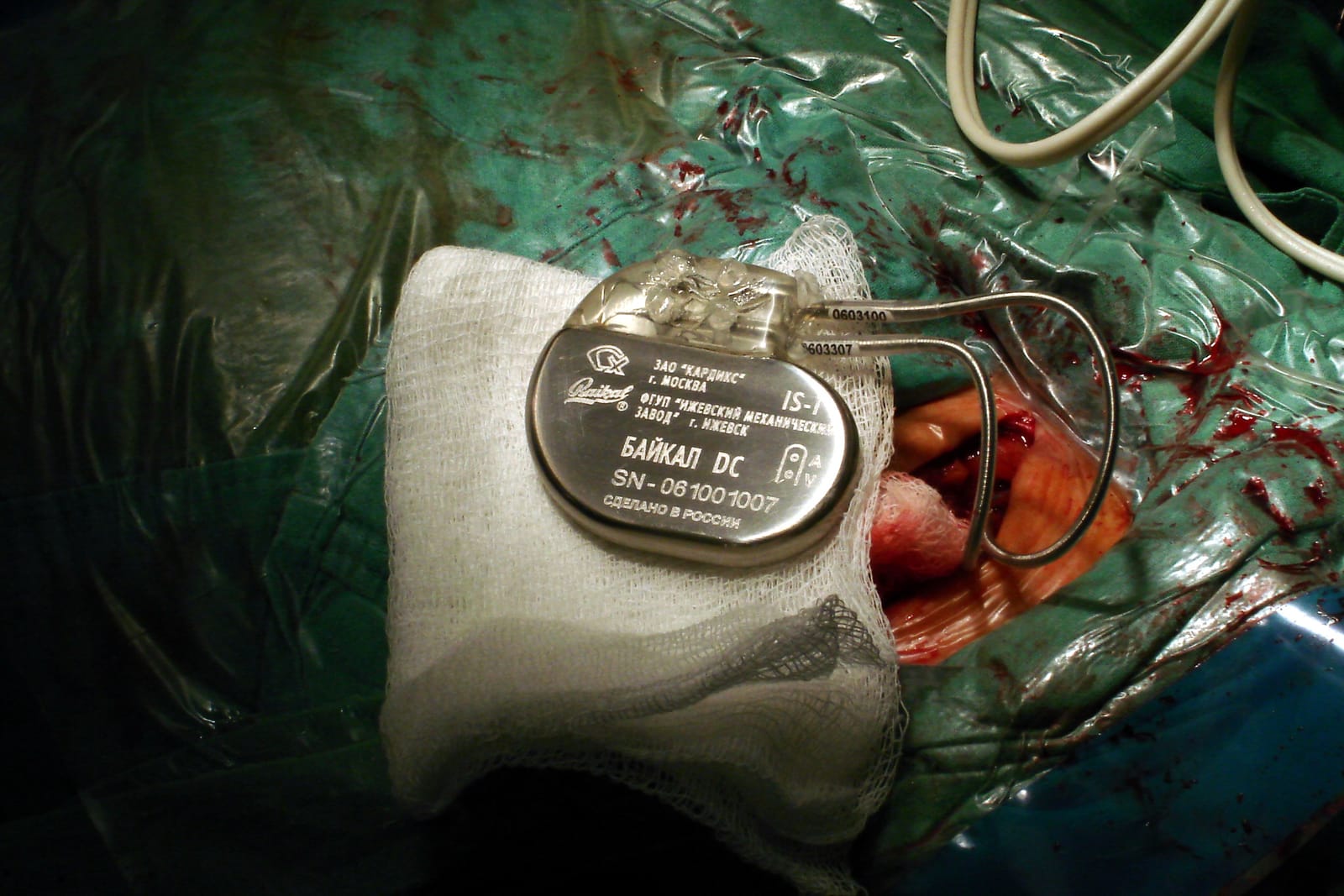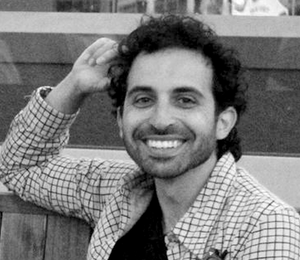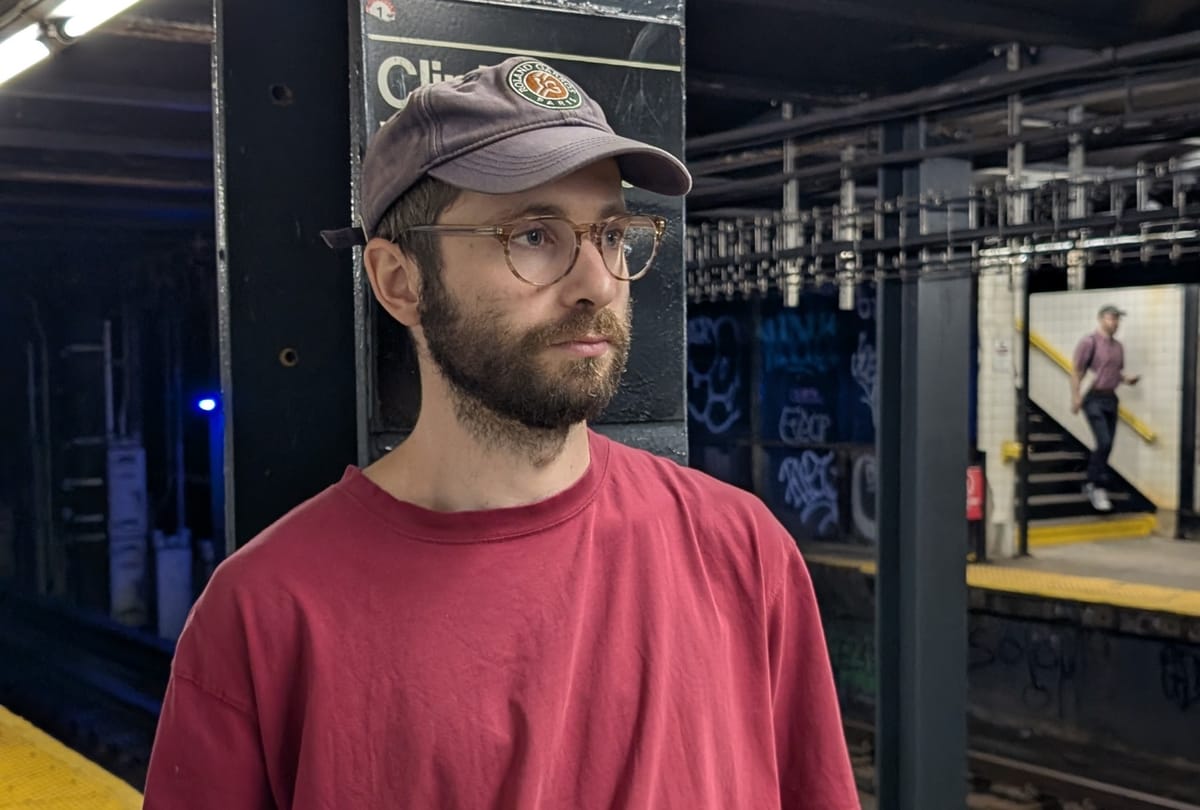Cyborgs are real and they’re in trouble. They are the millions of people around the world who live with pacemakers and insulin pumps implanted in their augmented bodies.
But when things go wrong with their devices, cyborgs are victims of an extremely prosaic issue: they have pathetic consumer protections, even when the device in question is life-sustaining. Between 2008 and 2018, more than 80,000 deaths and 1.7 million injuries worldwide were linked to the failure of various medical implants (things like prosthetic hips, spinal stimulators, or cardiac devices).
The reason? For-profit healthcare organizations have a history of prioritizing bottom lines over bioethics. When promising quality products threatens a company’s financial standing, patients are quickly abandoned. Stories like these are very common: Second Sight Medical Products terminated bionic eye user Barbara Campbell’s vision while she transferred subways in the middle of a New York City station. Nuvectra went bankrupt and orphaned their spinal-cord stimulators in 3,000 patients. Boston Scientific ignored a known defect in their pacemakers that resulted in electrical arcing, and at least one patient died due to their cardiac device short-circuiting while inside of their chest.
Due to high costs, obsolescence, and design flaws, patients need devices that actually last a lifetime. Pacemaker failures specifically are often the result of complications from their lithium-ion battery. Because of their checkered history, scientists are seeking new ways to harvest energy to power devices that don’t rely on batteries. For an experimental lab in South Korea, that means banking on our own organs for electricity, a radical move that could challenge the fundamental paradigms of patient’s rights laws. Their recent Advanced Materials publication investigates whether pacemakers can be powered by the expansion and contraction of the wearer’s own heart.
Piezoelectric materials can convert mechanical force into an electric charge. Engineers implement this type of hardware to harvest compression on pavement beneath heavy vehicles, to harvest tidal wave energy off the coast of Oahu, Hawai’i, and even to harvest body movement within a T-shirt. The lab at Hanyang University in Seoul led by Seon Jeong Kim put those circuits outside the heart.





